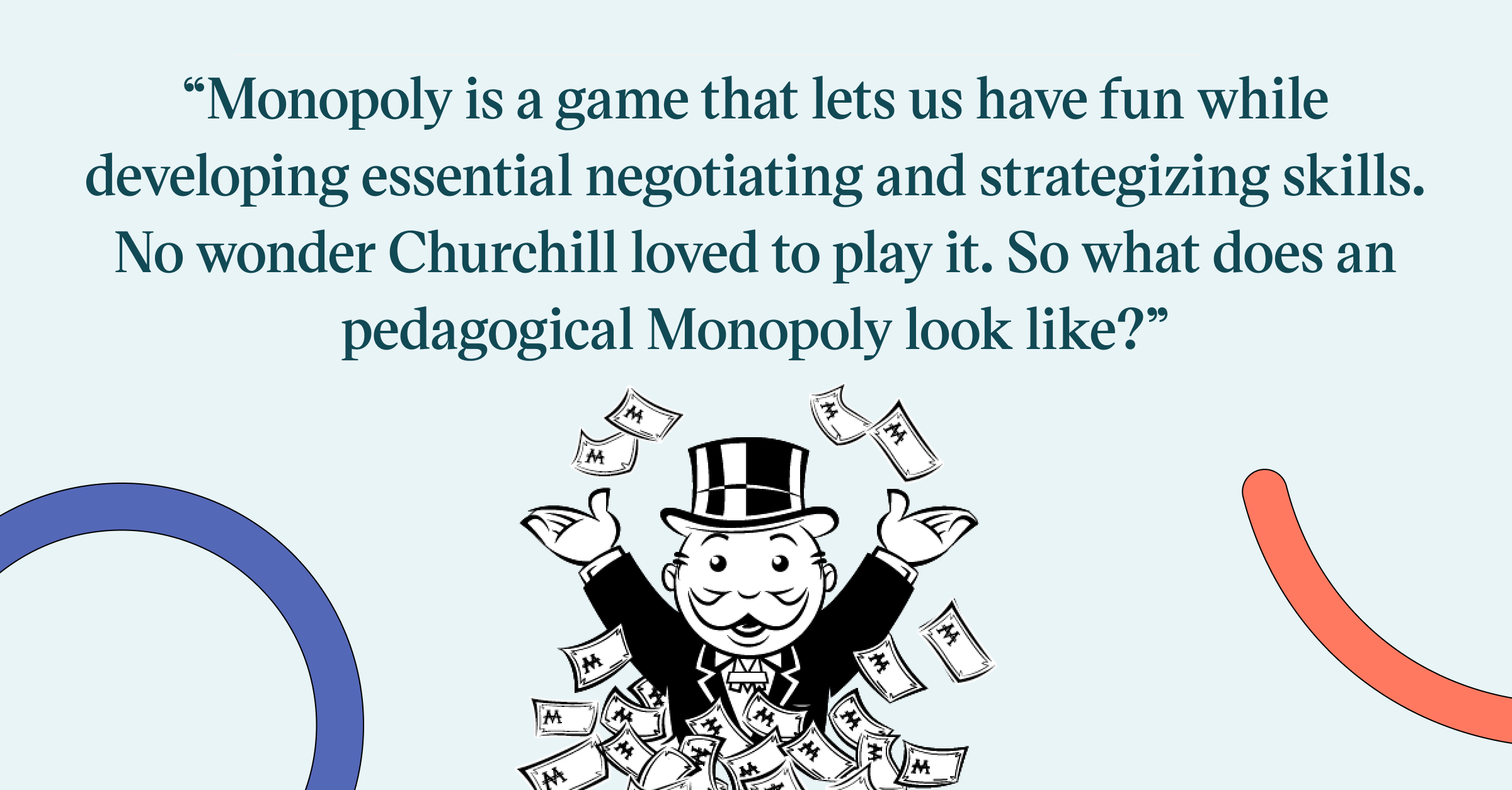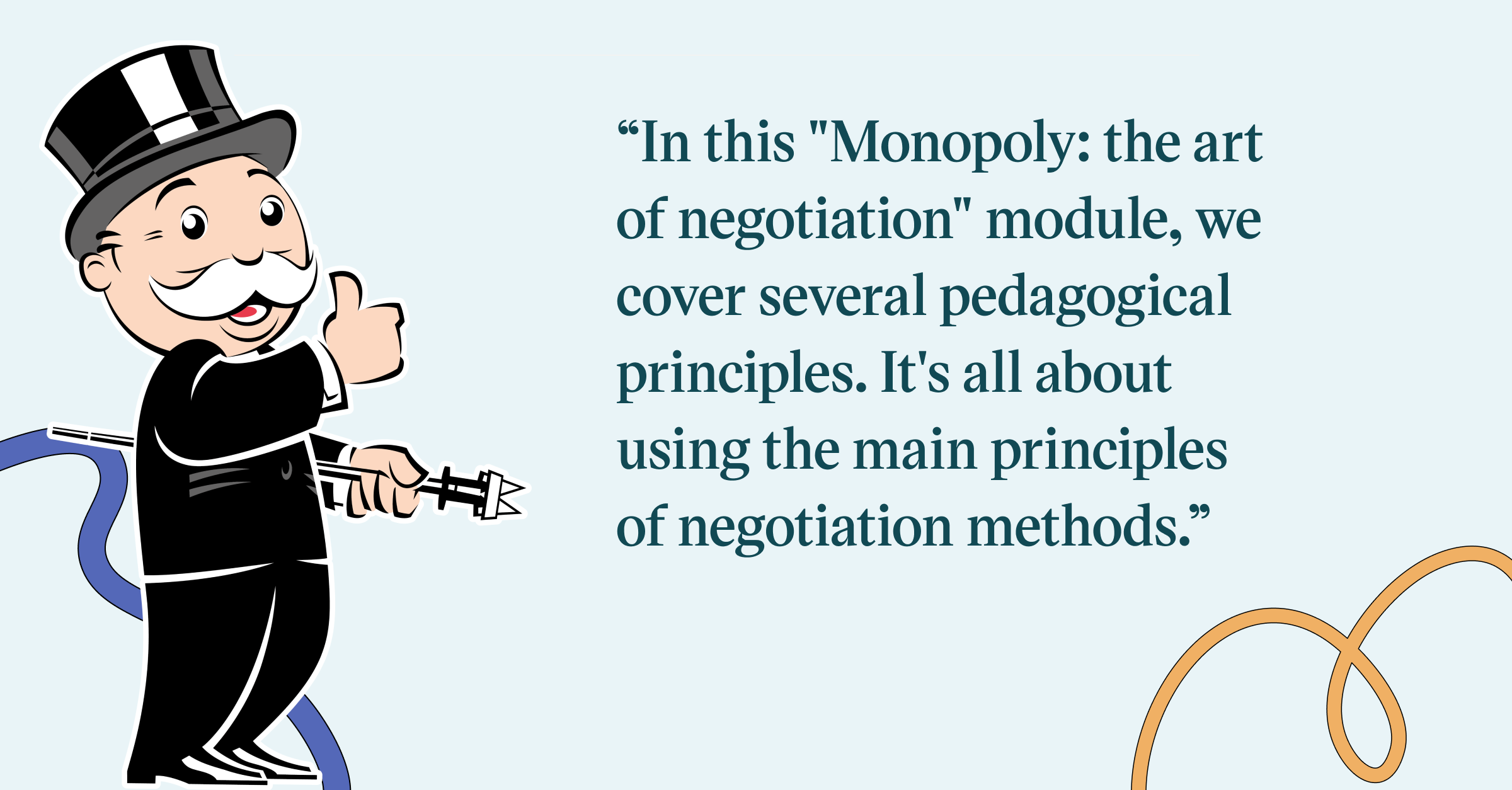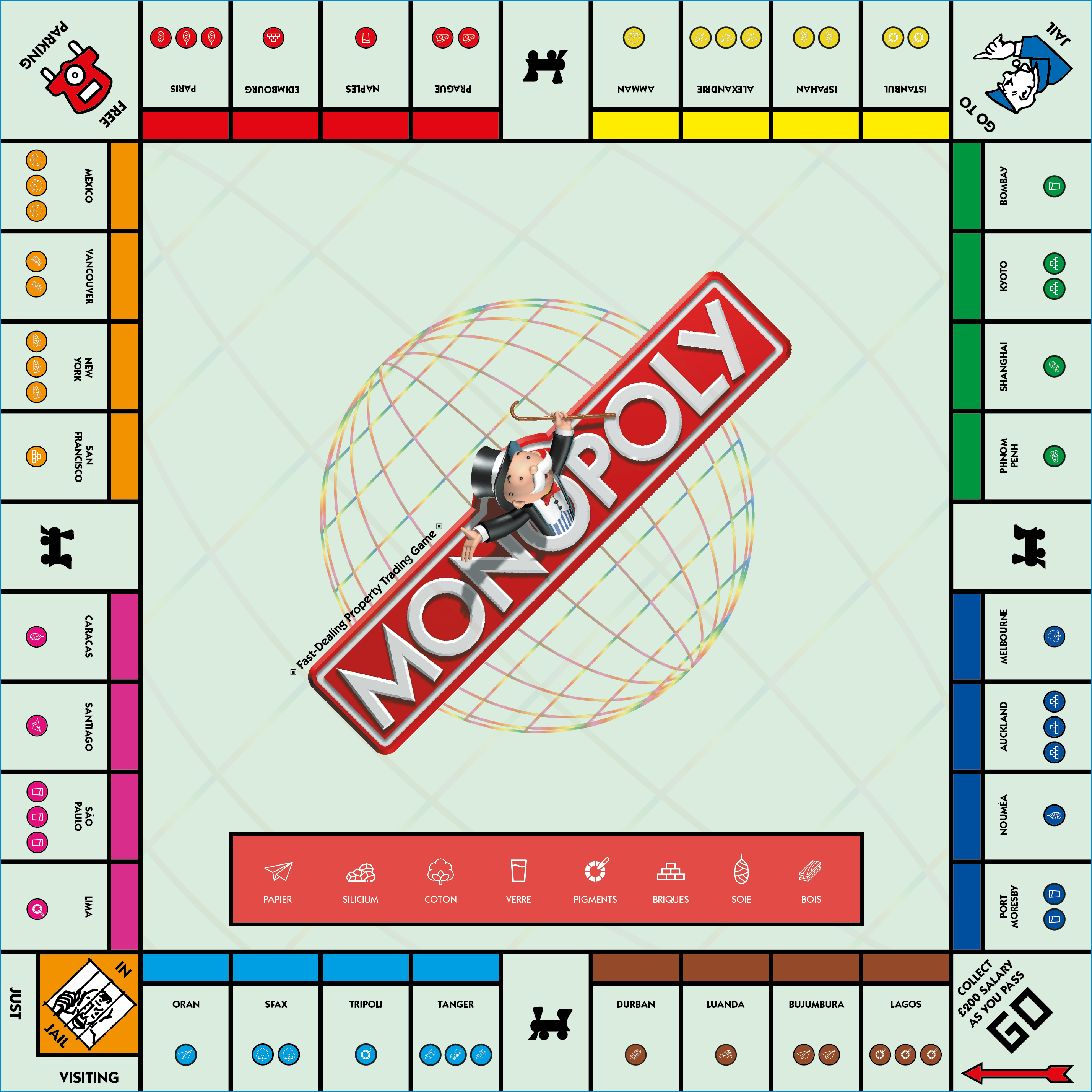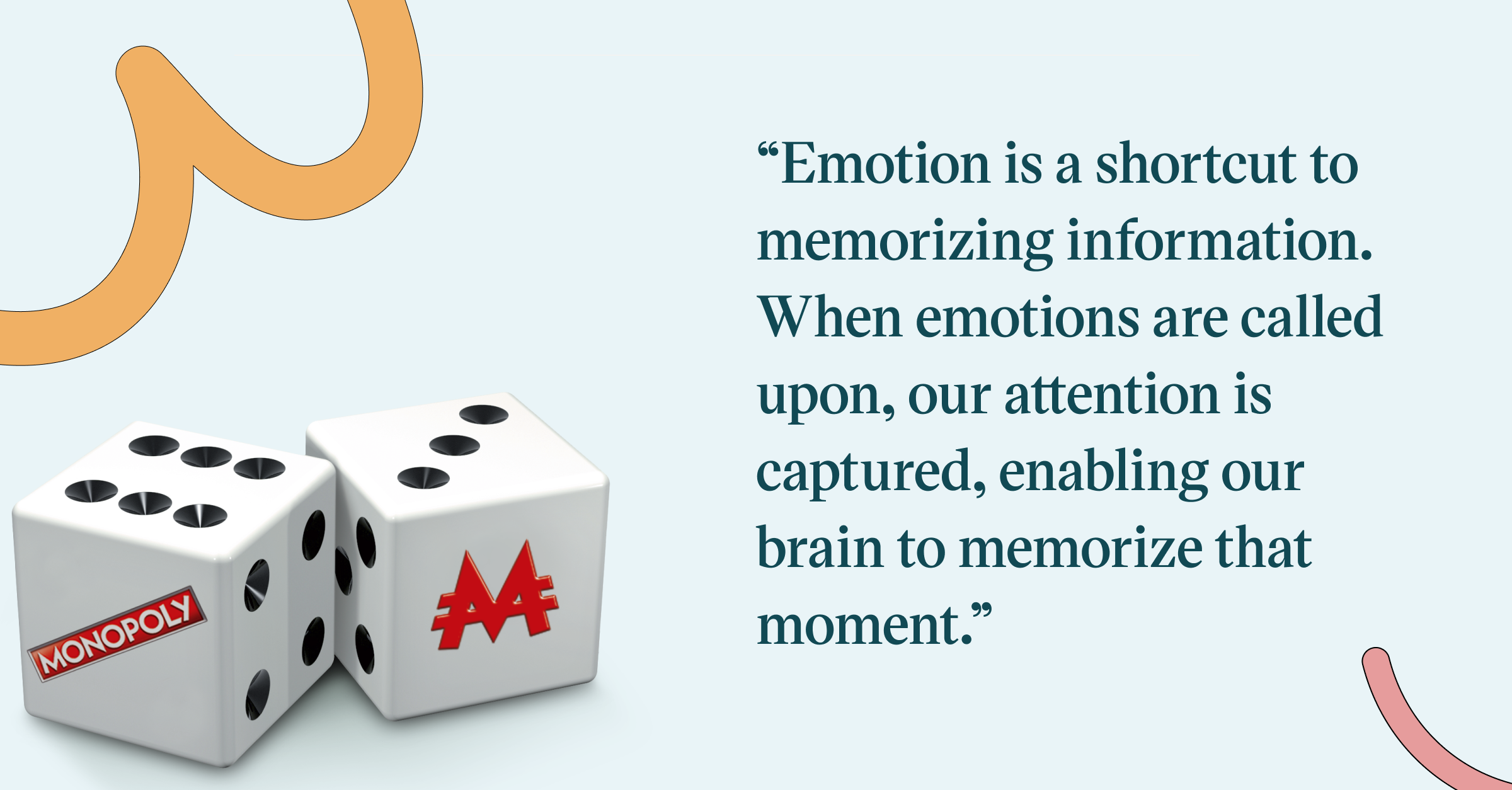U Enseigne has the dual objective of accelerating managerial transformation and developing digital transformation within its cooperative. In a recap of our webinar, discover how, thanks to Coorpacademy by Go1, U Enseigne has become a learning organization.
The webinar was moderated by Martin Caboco, Success Customer Manager at Coorpacademy by Go1, and welcomed Sophia Lacome, Educational Engineer at U Enseigne, who shared her feedback on the platform, 1 year after its launch.
U Enseigne, a supermarket cooperative, employs over 75,000 people in its stores, and has around 2,300 employees in U Enseigne establishments, who support store performance. Historically, training courses were mainly face-to-face and focused on office automation. With the launch of U Learning in June 2022, an online training platform for 2,300 store employees, U Enseigne has marked a major turning point in its training strategy.
From face-to-face to online training
U Learning has decided to rely on e-learning to train its collaborators more rapidly and on a larger scale. Historically delivered in face-to-face, training at U Enseigne was designed to meet a number of challenges:
– High demand for training in digital transformation, sustainable development and soft skills.
– Need to provide an immediate response that is accessible to all, and that meets the challenges of all business lines.
– Create a real training reflex among collaborators, to become a learning organization.
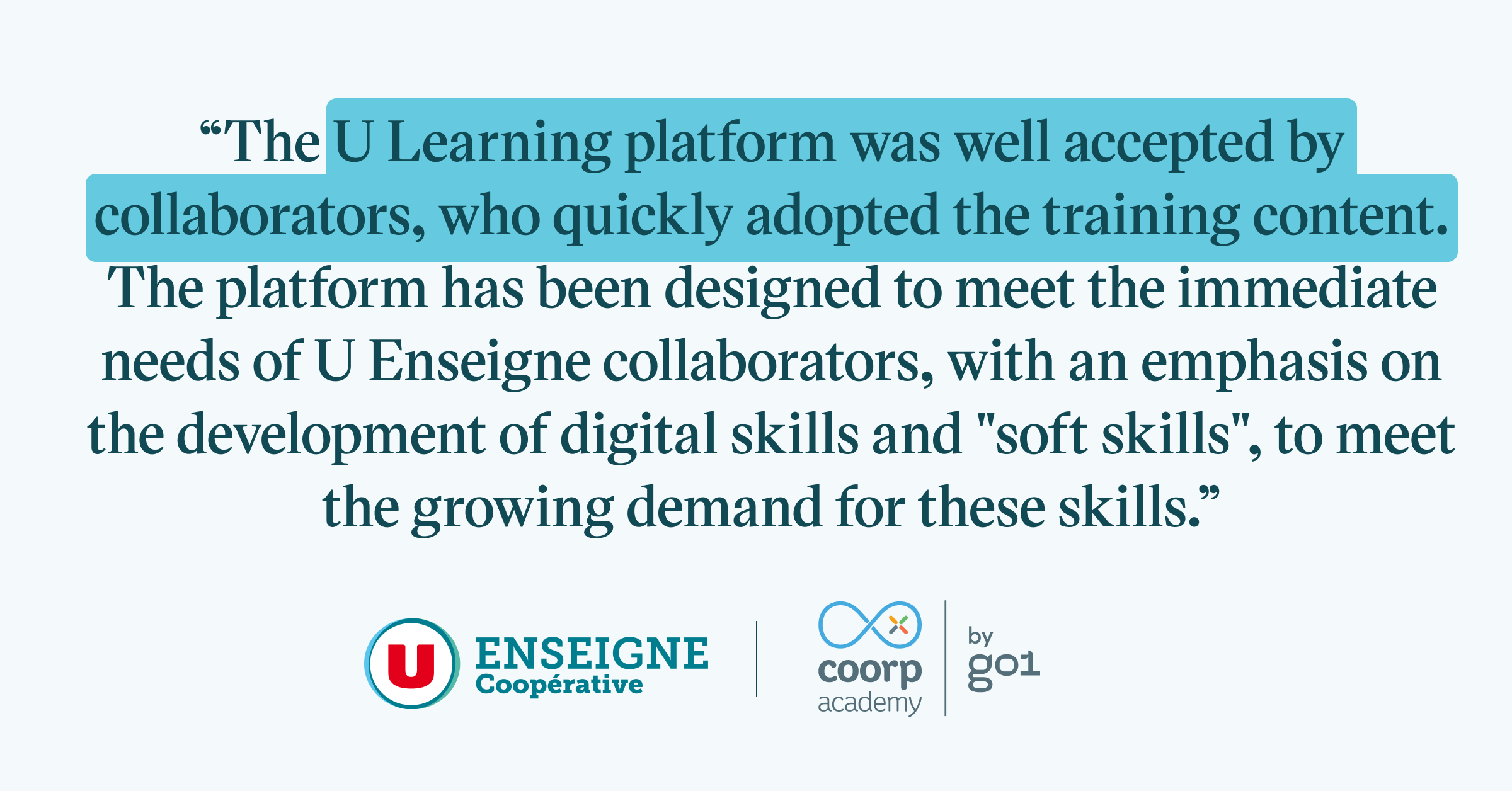
The U Learning platform was well accepted by collaborators, who quickly adopted the training content. The platform has been designed to meet the immediate needs of U Enseigne collaborators, with an emphasis on the development of digital skills and “soft skills”, to meet the growing demand for these skills.
The success of U Learning: one year on
Sophia Lacome confirms with Martin Caboco, who has been with U Enseigne since the launch of the project, that the platform and content offered by Coorpacademy by Go1 have met the needs of collaborators and convinced them!
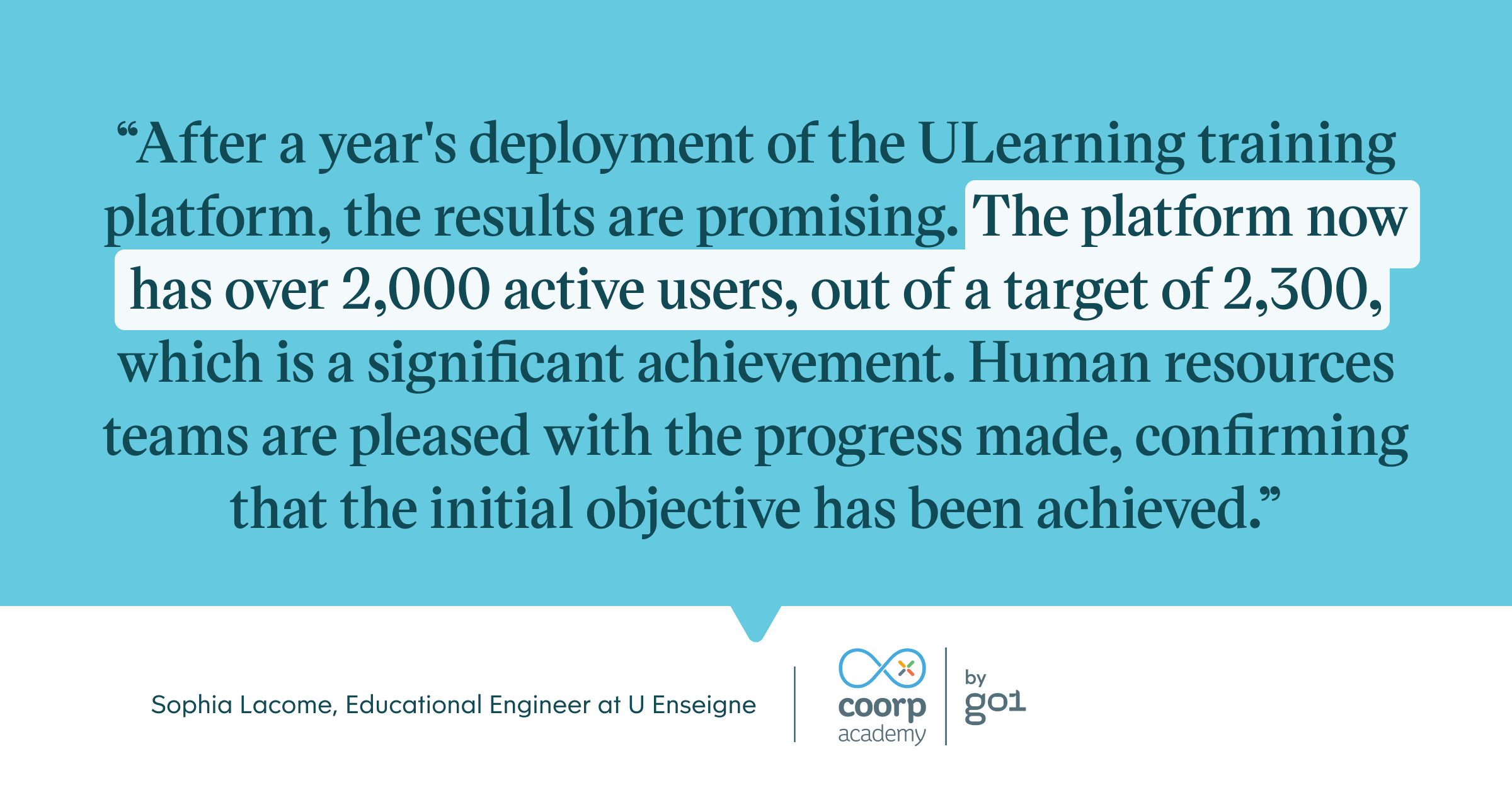
After a year’s deployment of the ULearning training platform, the results are promising. The platform now has over 2,000 active users, out of a target of 2,300, which is a significant achievement. Human resources teams are pleased with the progress made, confirming that the initial objective has been achieved. It’s important to note that the switch to digital has not meant the end of face-to-face training, but rather the addition of a new element to the overall training strategy. Collaborators are enthusiastic about the new platform, and fears that it would replace face-to-face training with digital training modules have proved unfounded; on the contrary, it’s a brick that consolidates the existing strategy.
What’s more, the objective of creating a craze for training has also been achieved, with a real training reflex having been created among employees. As Sophia Lacome mentioned during the webinar, “collaborators appreciate having a freely accessible platform to support them in their day-to-day tasks”. When they’re looking to improve on a particular subject, their reflex is no longer to “google” the solution, but to log on to U Learning! That’s quite a victory.
The benefits of Digital Learning for the learning organization
U Learning has met the needs of U Enseigne’s collaborators for increased skills in a variety of ways. The first obstacle to training, as Sophia Lacome points out, is lack of time and workload. By offering a Digital Learning platform, collaborators can now benefit from microlearning modules that enable them to train quickly in 5 minutes. This format appeals enormously to learners and lends itself well to U Enseigne’s need to create this training reflex. Quiz formats and videos also make learning more interactive and fun, while the ability to access the platform from different devices has increased flexibility. Sophia Lacome insists on this “multi-device” accessibility, which means that training can be enjoyed not only on the job, but sometimes even outside it, by listening to podcasts, for example. In this way, the variety of training formats offered by digital technology has largely contributed to making learning more interesting for U Enseigne collaborators.
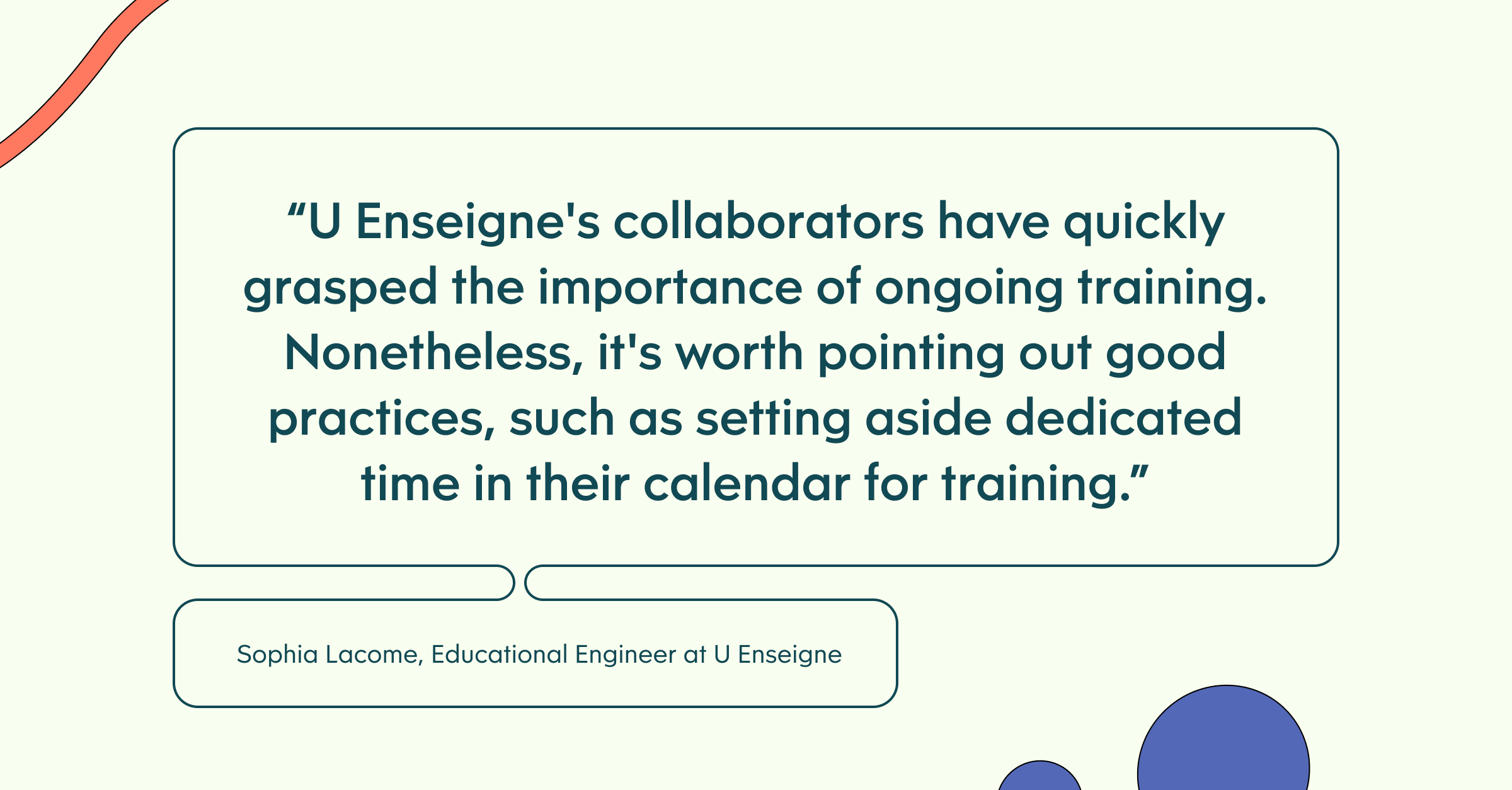
How do you engage collaborators in long-term training?
U Enseigne’s collaborators have quickly grasped the importance of ongoing training. Nonetheless, it’s worth pointing out good practices, such as setting aside dedicated time in their calendar for training, as Sophia Lacome suggests. Managers also play a key role in promoting training and explaining its benefits to their teams. What’s more, aligning training content with internal company events has boosted engagement, ensuring that the right information is made available to employees at the right time, to maximize collaborator interest.
The two pillars of learner retention :
Two elements have been key to learner retention. The first is the platform’s editorial calendar, based on key internal moments and international dates, which keeps employees interested throughout the year. At U Enseigne, the editorial calendar is based on internal events, but also on the animation plan proposed by Coorpacademy by Go1.
The second pillar is gamification and the platform’s functionalities. Battles”, where colleagues can challenge each other on training modules, or gamified modules such as the recent “Monopoly: the art of negotiation“, have helped to motivate employees and strengthen their commitment.
Leading by example: Sophia Lacome, the platform’s first ambassador
Sophia Lacome, as Educational Engineer, also shared her own experience. Being immersed in training topics on a daily basis, she regularly spends 1-2 hours a month on the platform to deepen her knowledge and prepare for specific training projects. This shows how even training experts continue to rely on digital tools to enhance their skills.
She also shares how microlearning can be very useful on a day-to-day basis, like a few minutes before the webinar, when she was able to take a short course on public speaking.
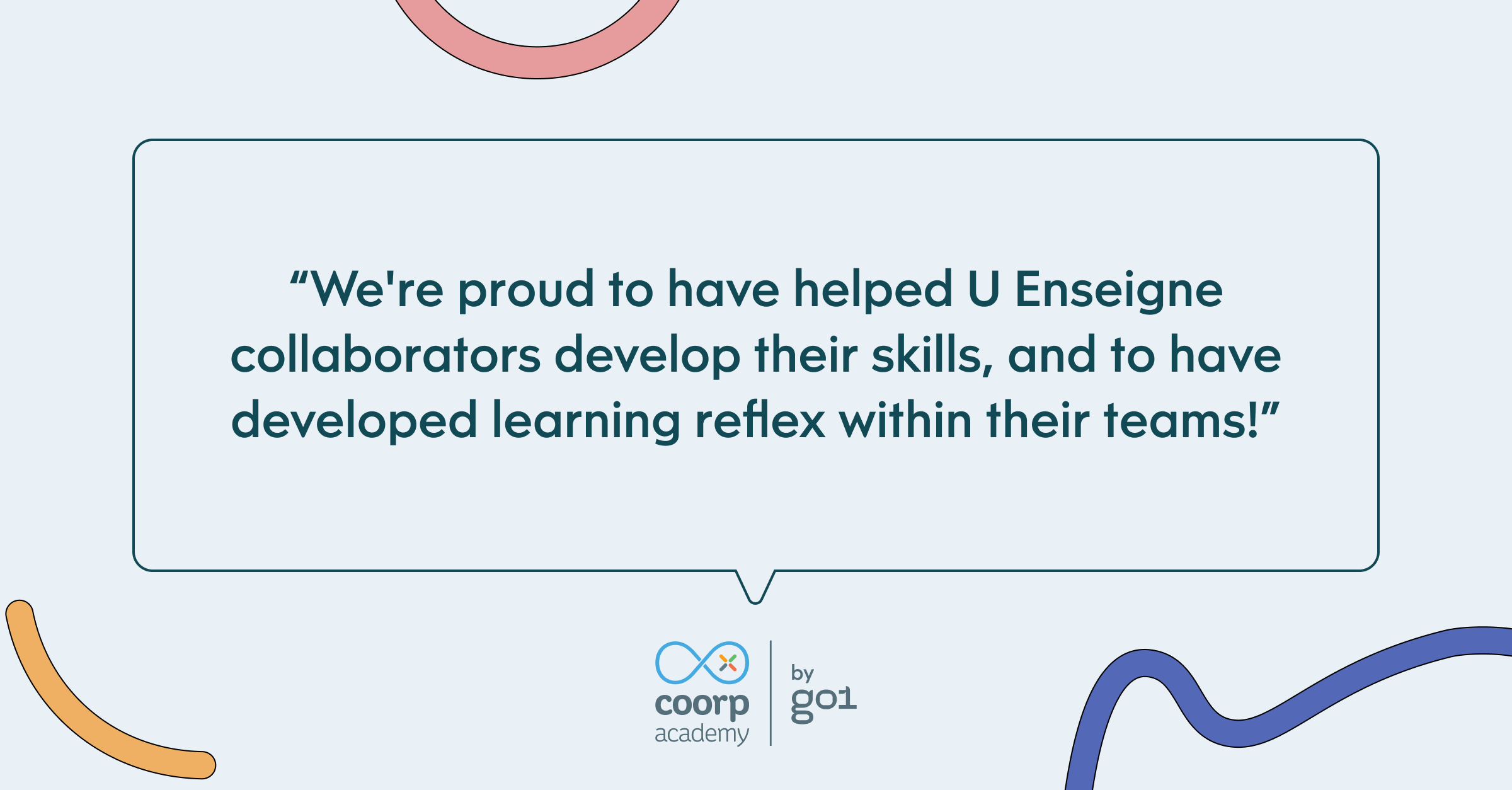
The U Learning project implemented with our customer U Enseigne is a true example of customer success! We’re proud to have helped U Enseigne employees develop their skills, and to have encouraged the adoption of a learning reflex within their teams! This initiative has made it possible to respond to the need for collaborators to upgrade their skills, while strengthening commitment and creating a favorable learning environment. With a solid strategy, innovative features and ongoing commitment, U Enseigne has made training even more impactful!

